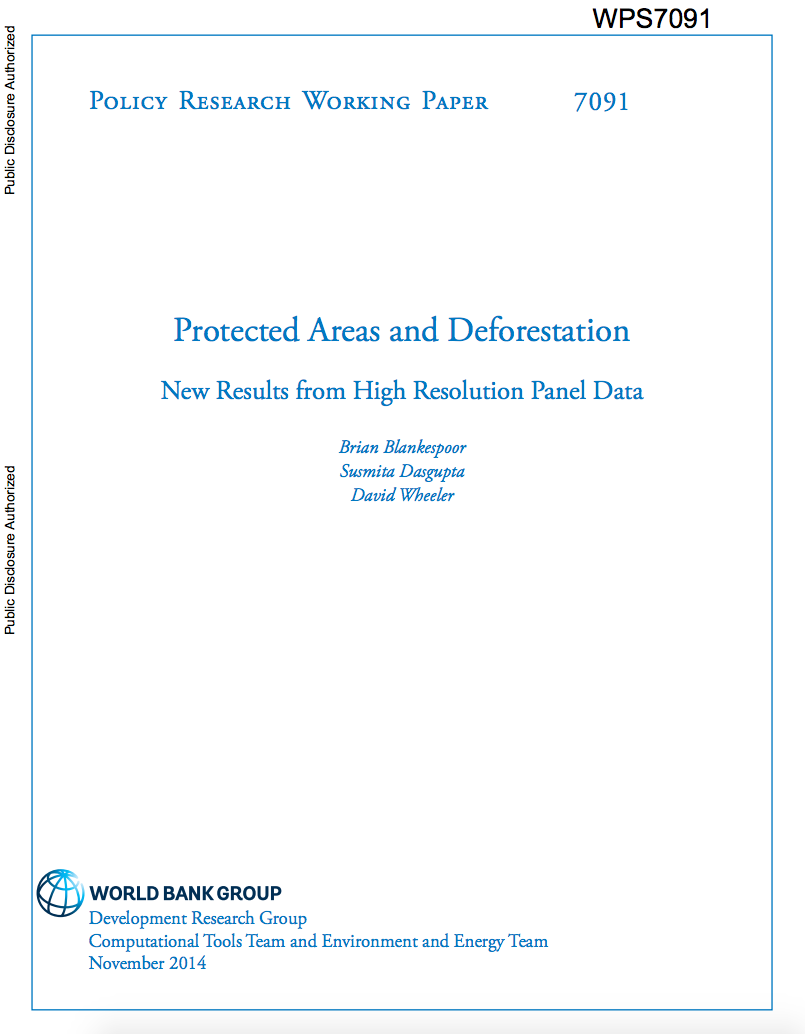Senegal Economic Update, December 2014 : Learning from the Past for a Better Future
Gross domestic product (GDP) growth was
a disappointing 3.5 percent in 2013. It remained largely
unchanged compared to 2012, reflecting a decline in cereal
production and stagnation in the industrial sector. Services
continue to drive the economy. The economic outlook for 2014
was more positive, but poor rainfall and the Ebola outbreak
have forced downward revisions in GDP growth projections,
now expected to reach 4.5 percent. The plan Senegal emergent


